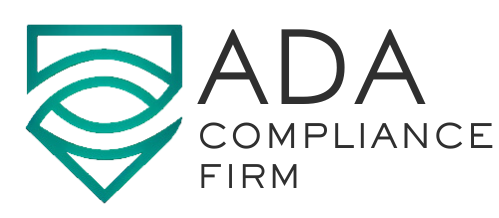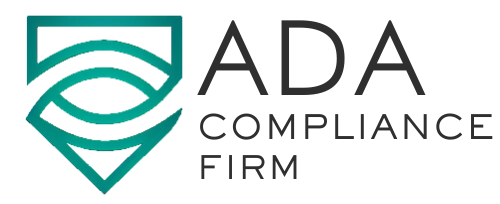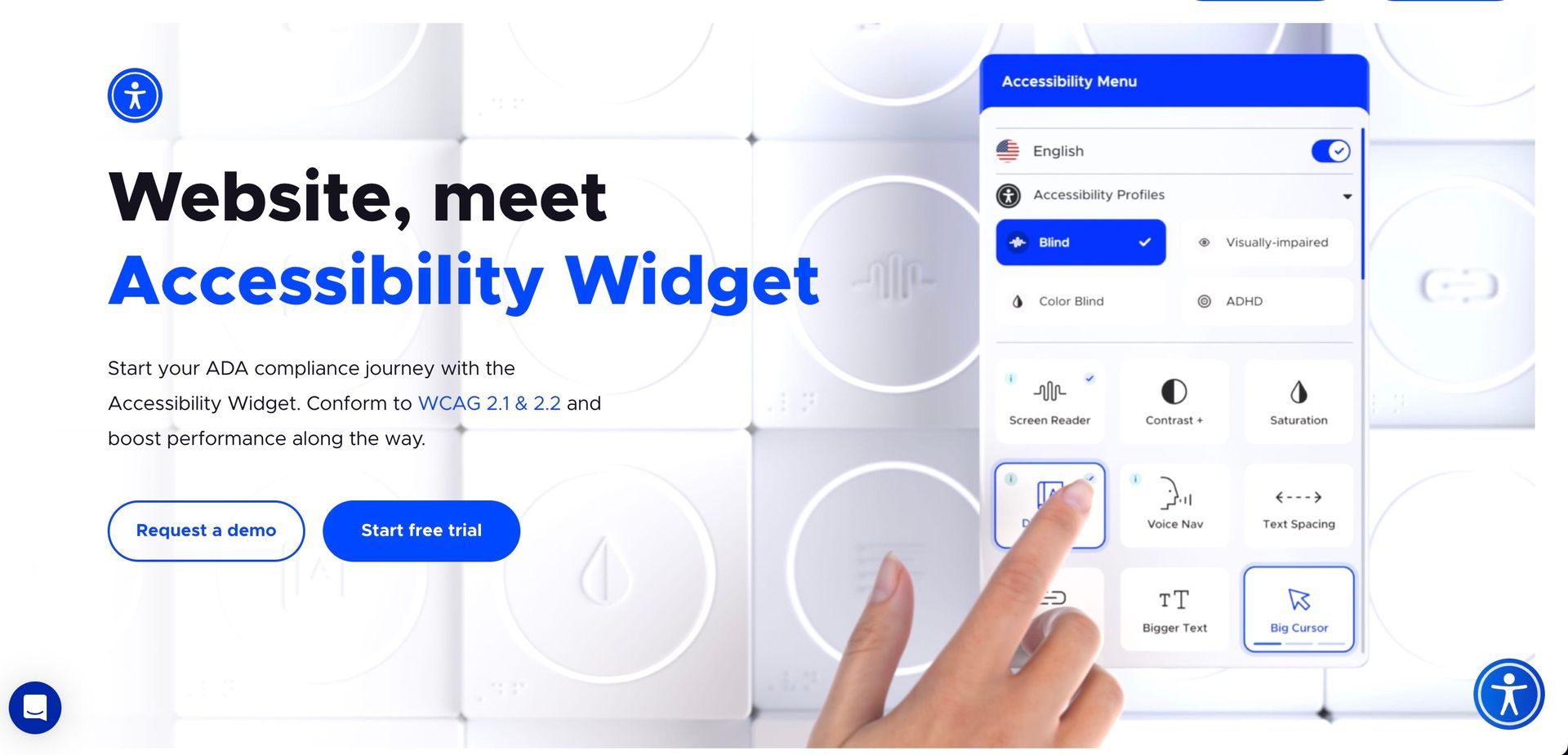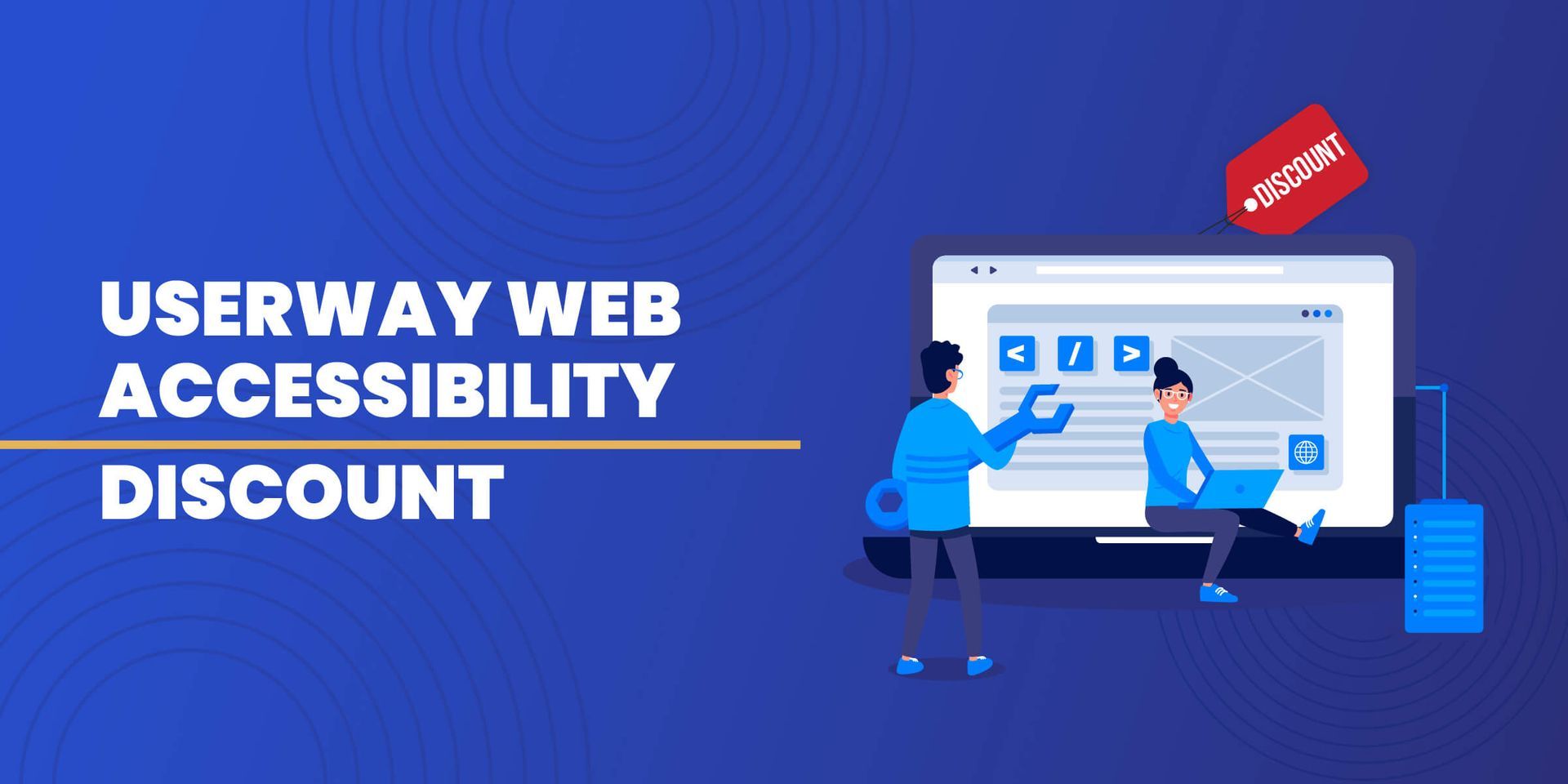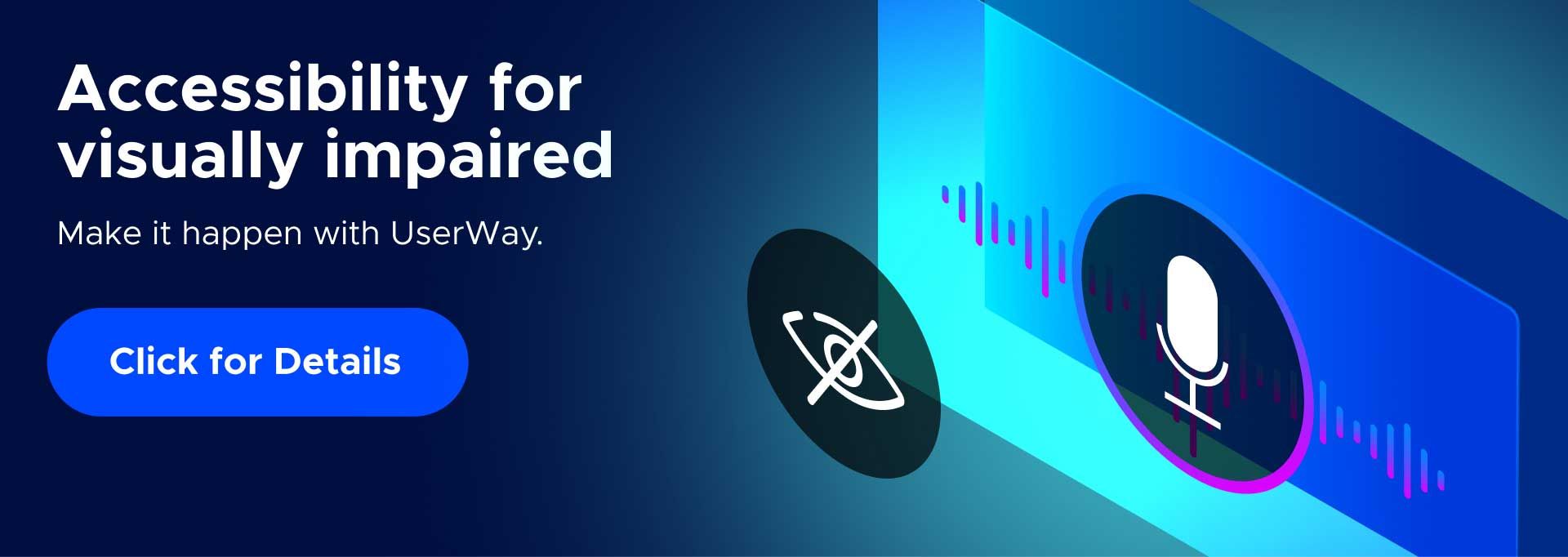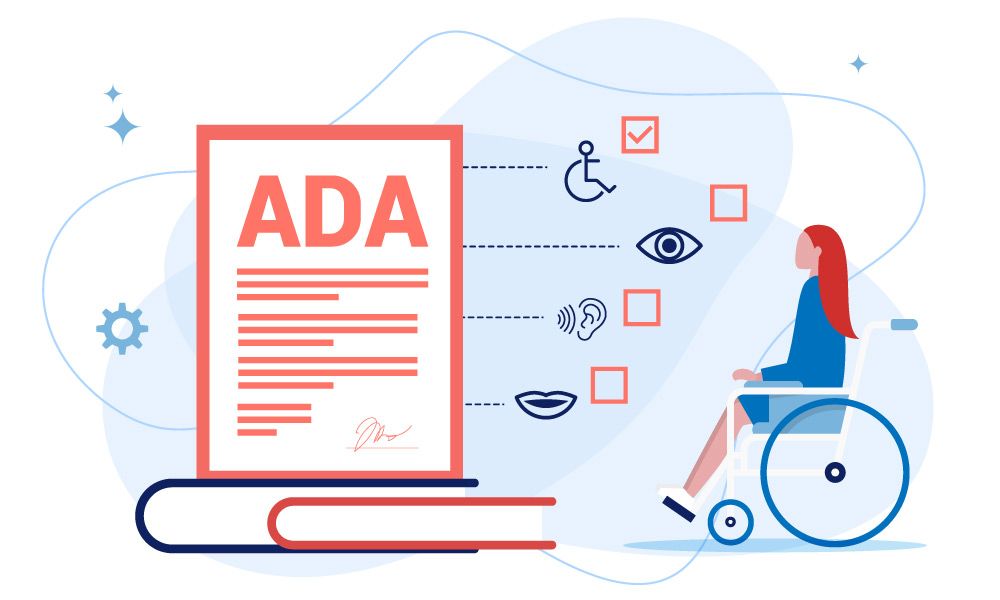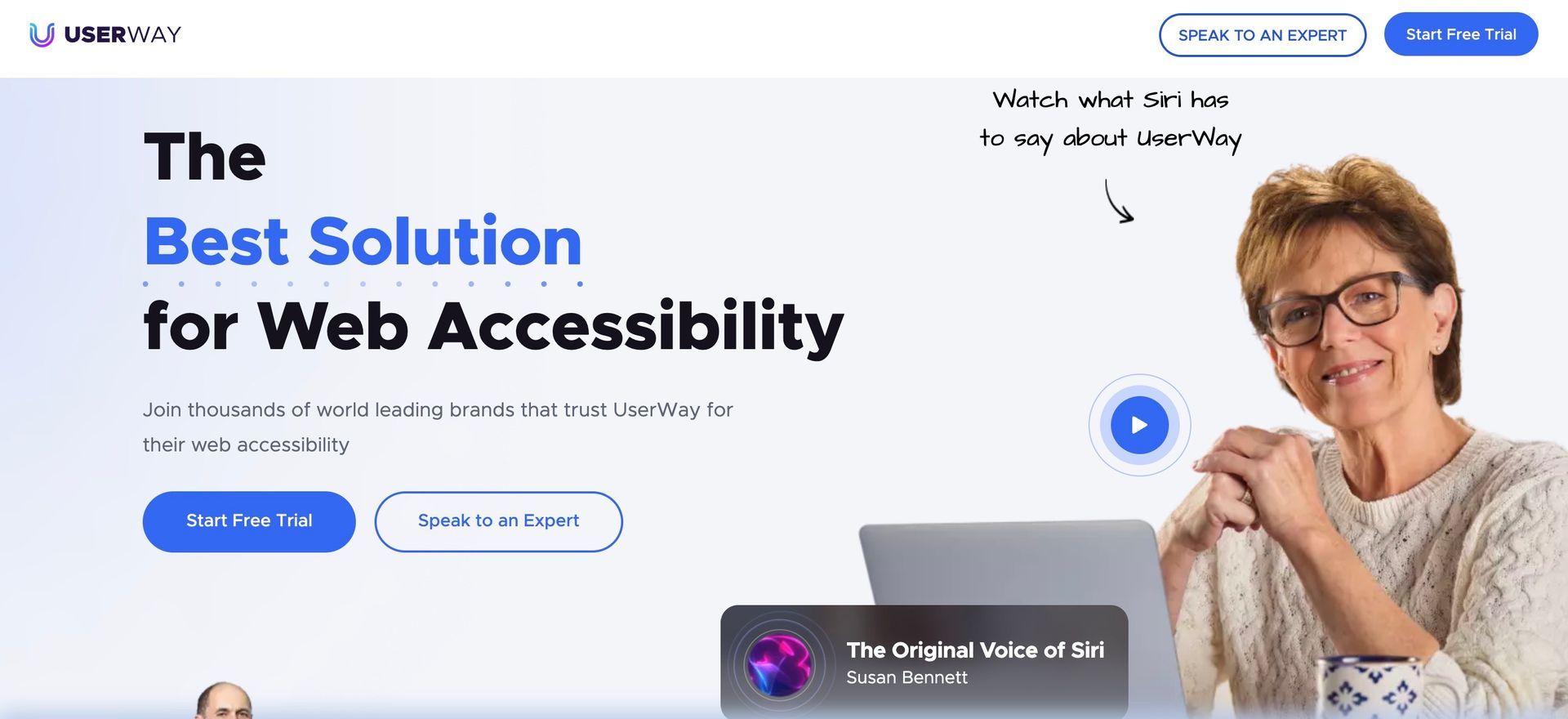What is ADA Compliance and why it matters to your business

Don't Overlook Website Accessibility: The Benefits of ADA Compliance
As a business owner, you have likely put a lot of effort into creating a website that accurately reflects your brand and offers a great user experience. However, have you ever stopped to consider whether your website is accessible to all users, including those with disabilities? If not, it's time to start thinking about website accessibility and compliance with the Americans with Disabilities Act (ADA).
The ADA is a federal law that prohibits discrimination against individuals with disabilities in all areas of public life, including employment, transportation, and public accommodations. This law requires that businesses and organizations make their goods, services, and facilities accessible to people with disabilities, including their websites.
When it comes to website accessibility, the goal is to create a website that can be used by everyone, including people with disabilities, such as visual or hearing impairments, mobility limitations, and cognitive or intellectual disabilities. An accessible website is one that provides equal access to all users, regardless of their abilities.
Benefits of making your website accessible
There are several benefits to making your website accessible and ADA compliant. First, it's simply the right thing to do. By creating a website that is accessible to everyone, you are sending a message that your business values diversity, inclusivity, and accessibility for all.
Second, an accessible website can help you reach a wider audience. By making your website more accessible, you'll be able to reach potential customers who may have previously been unable to use your site. This could include people with disabilities, but it could also include people who use assistive technology, such as screen readers, to access the web.
Third, an accessible website can help you avoid legal issues. If your website is not accessible to people with disabilities, you could be at risk of legal action. In recent years, there has been an increase in lawsuits related to website accessibility and ADA compliance. By ensuring that your website is accessible, you can protect your business from legal action and potential penalties.
So, how can you make your website more accessible and ADA compliant?
Here are some steps you can take:
- Conduct an accessibility audit: Hire an expert to evaluate your website for accessibility issues and provide recommendations for improvement. An accessibility audit will help you identify the areas of your website that need improvement and give you a roadmap for making the necessary changes.
- Use clear and concise language: When creating content for your website, use clear and concise language that is easy to understand. Avoid using jargon or technical language that may be difficult for some users to understand.
- Provide alternative text for images: For users with visual impairments, images on your website may not be accessible. To make sure that everyone can access the content on your website, provide alternative text (alt text) for images that describes what the image is showing.
- Use a clear and consistent layout: A clear and consistent layout can help users navigate your website more easily. Use headings, subheadings, and other formatting tools to make your content easier to read and understand.
- Make your website keyboard accessible: Some users may have mobility limitations that make it difficult or impossible to use a mouse. To make your website accessible to these users, ensure that all functionality can be accessed using a keyboard.
- Use descriptive links: Links on your website should be descriptive and make sense out of context. Avoid using generic phrases like "click here" and instead use descriptive phrases that provide context about where the link will take the user.
- Ensure that videos are captioned: For users with hearing impairments, videos on your website may not be accessible. To make sure that everyone can access the content on your website, ensure that all videos are captioned.
- Consider color contrast: Color contrast is an important factor in making your website accessible to users with visual impair
Get ADA Compliant!
Ensuring that your business website is accessible to all users is not only the right thing to do, it can also help you reach a wider audience and protect your business from legal action. If you are interested in making your website more accessible and achieving ADA compliance, consider hiring an ADA compliance firm. These experts can help you identify accessibility issues on your website, provide recommendations for improvement, and implement the necessary changes to ensure that your website is accessible to all users.
Don't wait until legal action is taken against your business. Take action now and contact an ADA compliance firm to get started on achieving website accessibility and ADA compliance.
Join our newsletter
Recent Blog Posts
